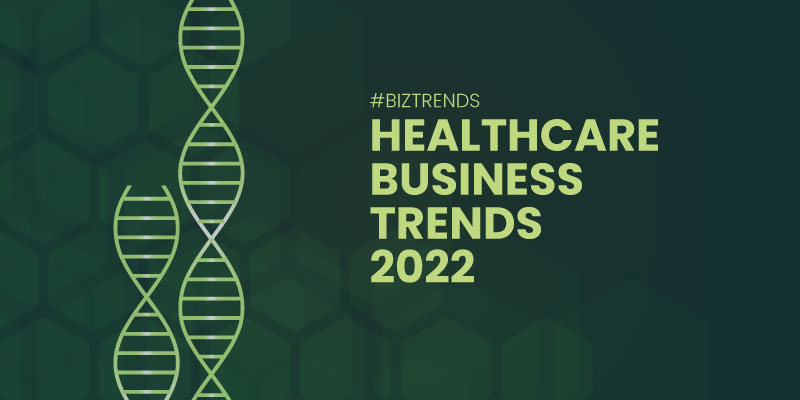
Featured Image Source: Freepik.com/starline
2021 was a year fraught with challenges for the global healthcare industry. Exacerbated by the pandemic, foundational shifts within the industry accelerated long-overdue changes. The speed with which healthcare technologies were made part of the regular patient care was unprecedented but hugely welcomed. These technologies not only made patient care more agile but also improved supply chain, diagnostics, care models, therapeutics, and health equity.
Food and Restaurant Trends 2022
In 2022, these trends will work as the cornerstones upon which the recent overhaul of the industry is established. So let’s take a look at 10 of the most groundbreaking and impactful changes that have ruled the healthcare industry in 2021.
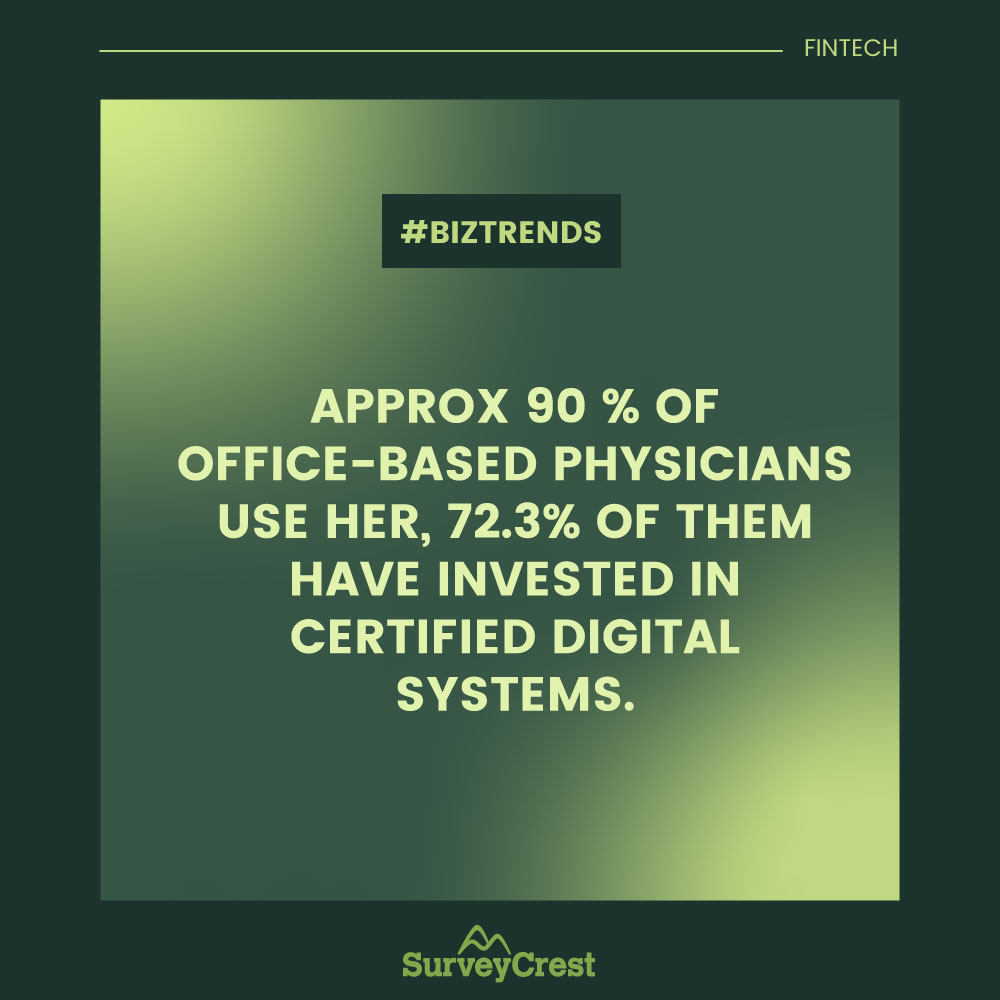
The digital transformation of the U.S healthcare system has been immensely facilitated by the introduction and adoption of electronic health records software. This digital management of patients’ records has made physicians more productive and patient care more efficient.
According to CDC, nearly 90 % of office-based physicians use EHR systems while 72.3% of them have invested in certified digital systems to keep a record of their patients’ data.
With the industry sector estimated to reach $33.41 billion by 2025, more and more leading technology firms – such as Google and Apple – are contributing to its growth.
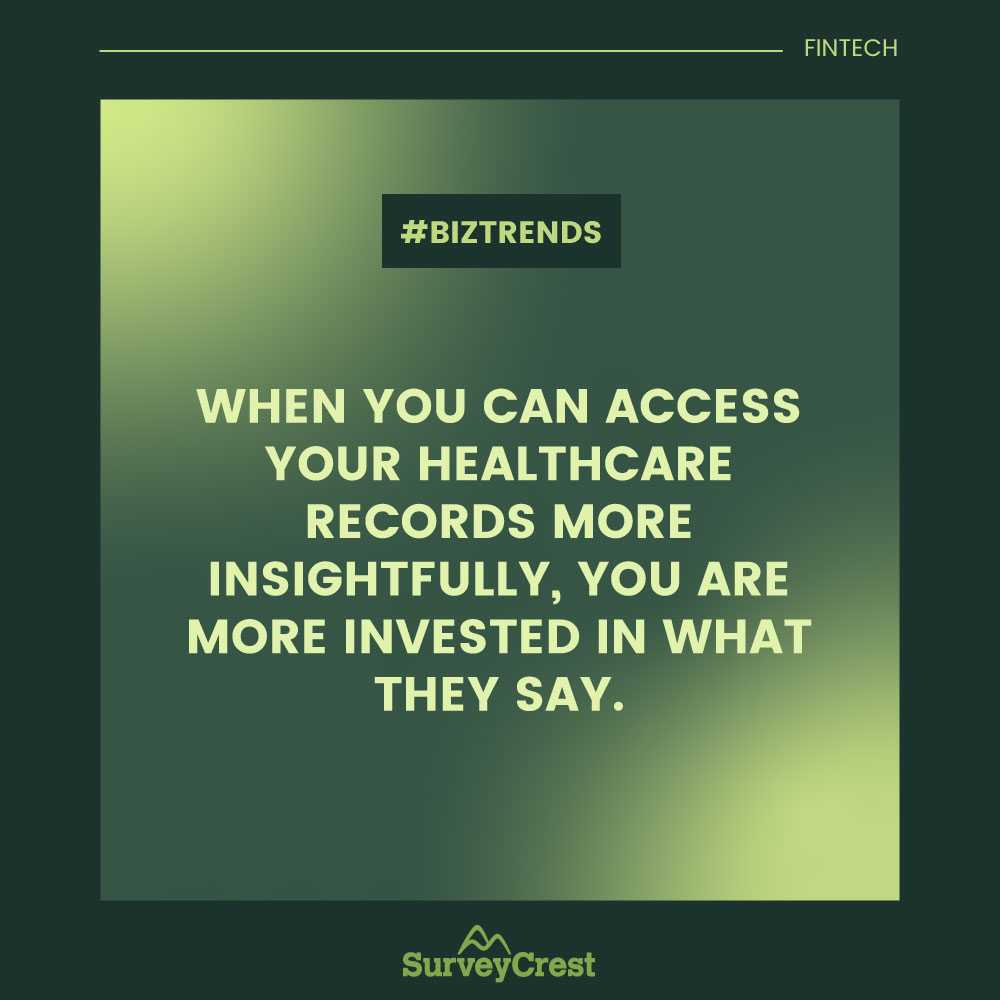
Data interoperability is the exchange of health information between one information software to another. When patient data becomes available across systems and programs, access to these records creates healthcare procedures and patient care experiences that are timely, focused, accurate, equitable, and empowered.
It also makes patients more engaged with their healthcare. When you can access your healthcare records more insightfully, you are more invested in what they say and are better able to understand what your doctor is truly coming from.
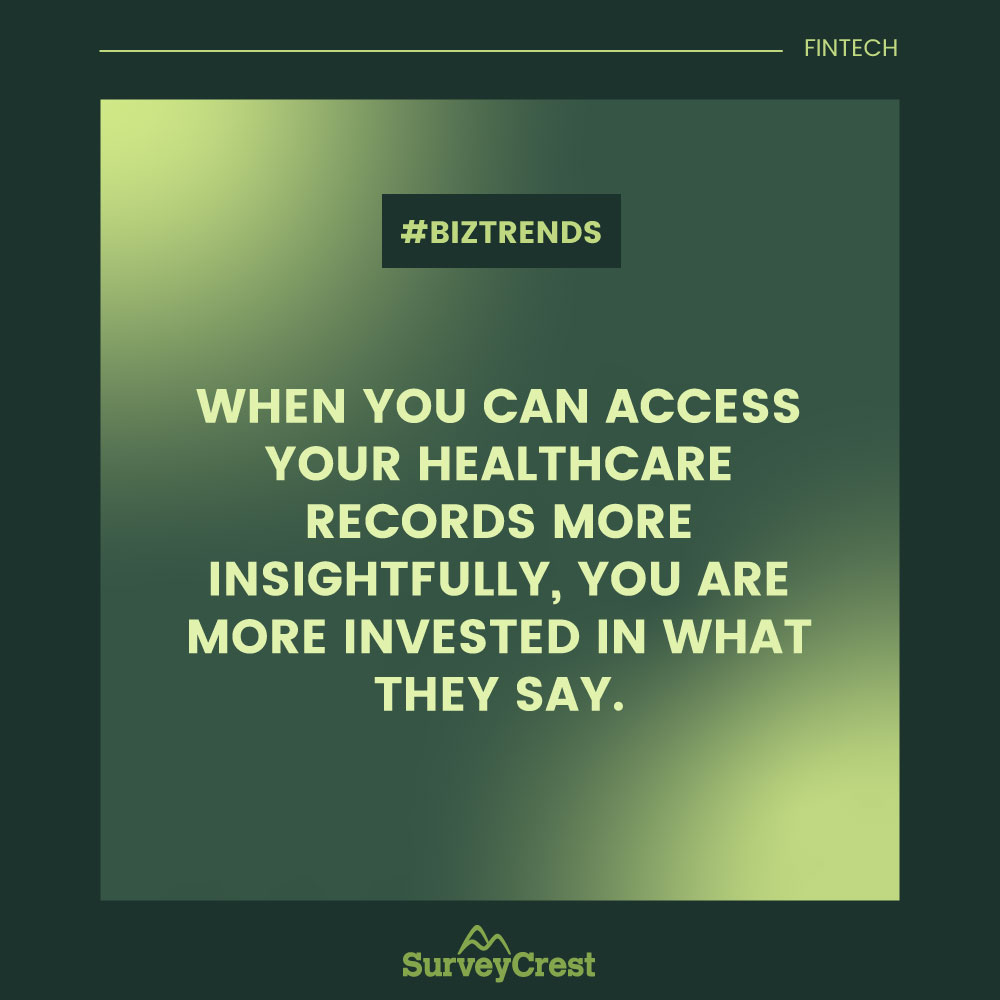
Except for the most serious non-Covid-19 cases, in-person patient care was reserved only for the coronavirus sufferers. The climate was ripe for virtual care to take root, and the phenomenon quickly became the standard.
It started a little patchily, though. Using regular phone calls, video calls, texts, and messaging apps, physicians and patients tried to connect. It resulted in after-hour calls, missed payments, and jumpy video calls.
2021 helped centralize things a bit. Using collaborative tools and healthcare apps, as well as other new technologies, virtual care has become more structured and organized. Payment gateways have been developed, scheduling has become more efficient, and more and more employers and providers have started to cover telehealth.
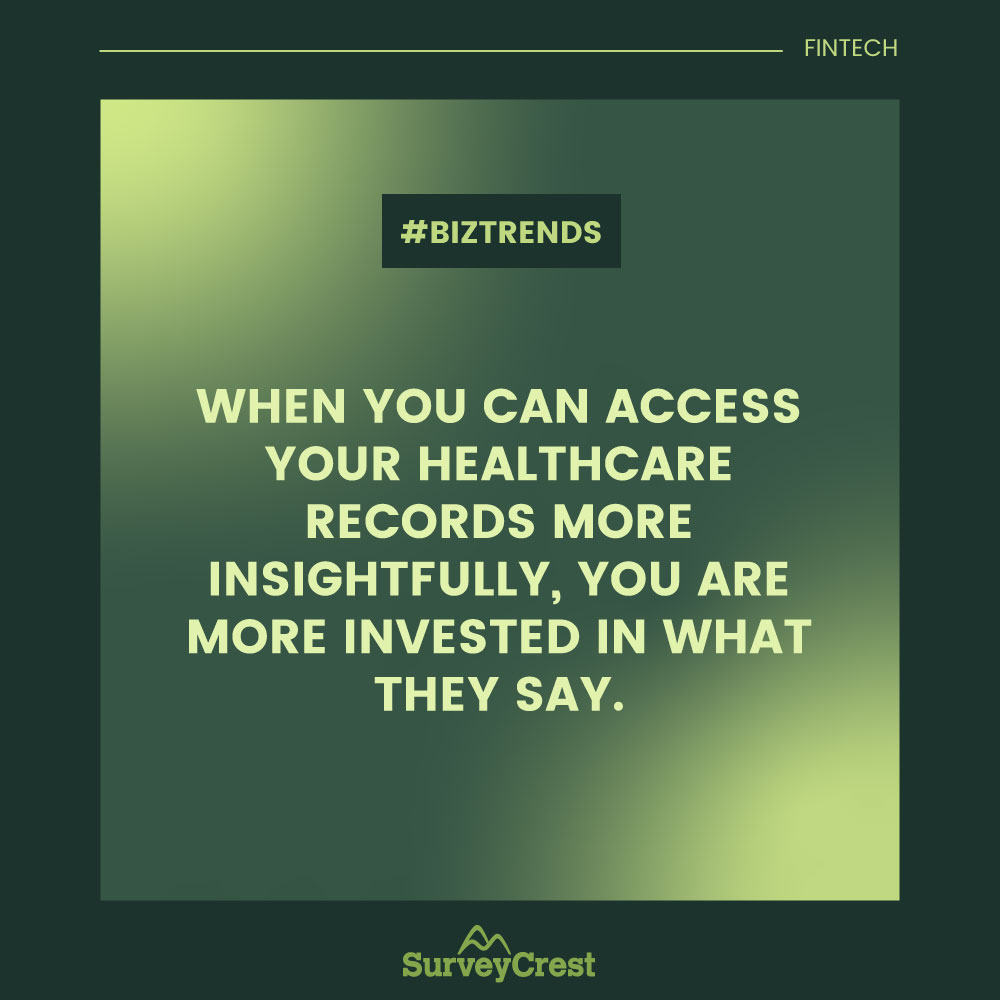
One of the truly significant major changes brought on by the pandemic and accelerated by the ensuing adaptability is that clinical trials are starting to go remote.
Multiple factors are contributing to it.
According to the medical research firm Antidote, digital engagement rates for healthcare clinical trials have substantially increased from 2019-2020. Since 2019, the click-through rates have surged 13% while registration rates have seen an increase of 53%.
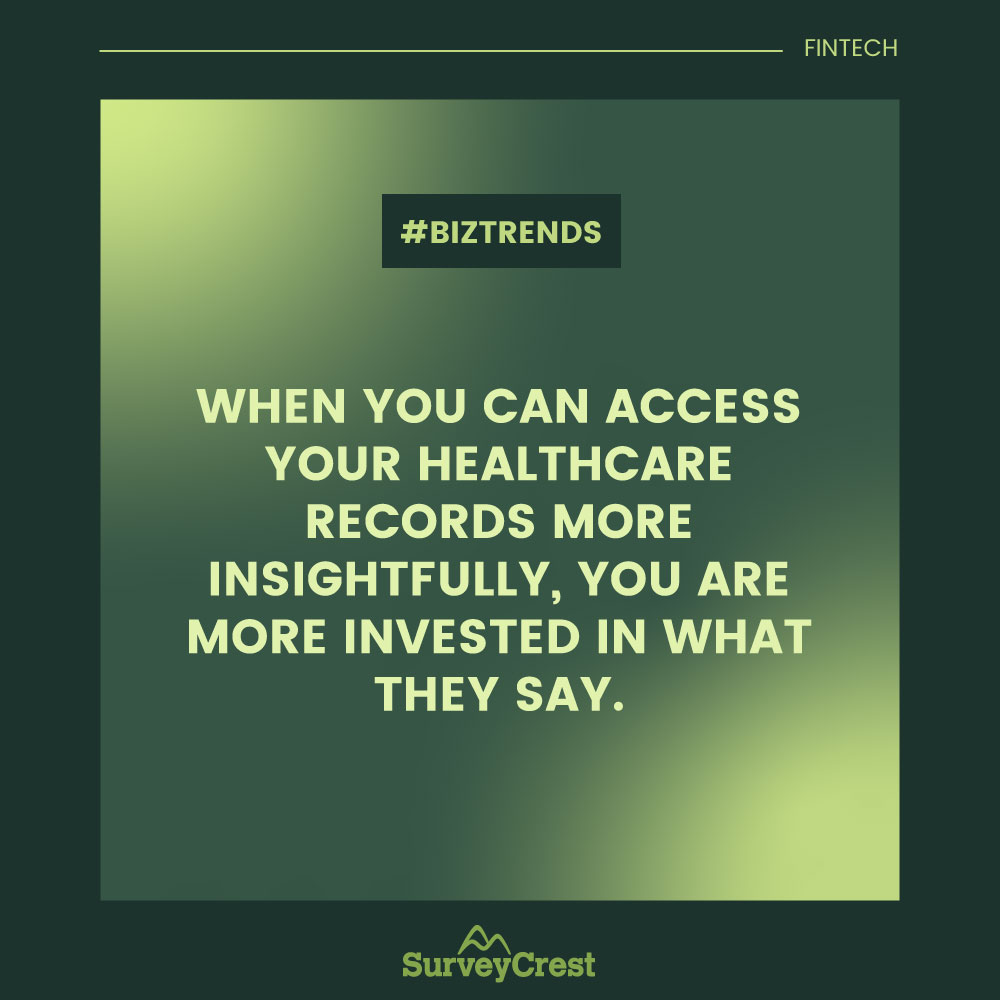
Another trend that is being supported by the technological inroads is the experience of the clinician during different stages of their workday. From scheduling to follow-up visits, automation of administrative tasks has made physicians much happier and more focused on caring for their patients.
More investment in electronic healthcare records, marketing technologies, communication surveys, and efficient provider contracting will augment these efforts. Patients will also come to expect a certain level of competency and organization when dealing with a doctor’s office, and this, in turn, will encourage doctors to become more digital-savvy, and adopt technologies that make patient care more predictive, accurate, and streamlined.
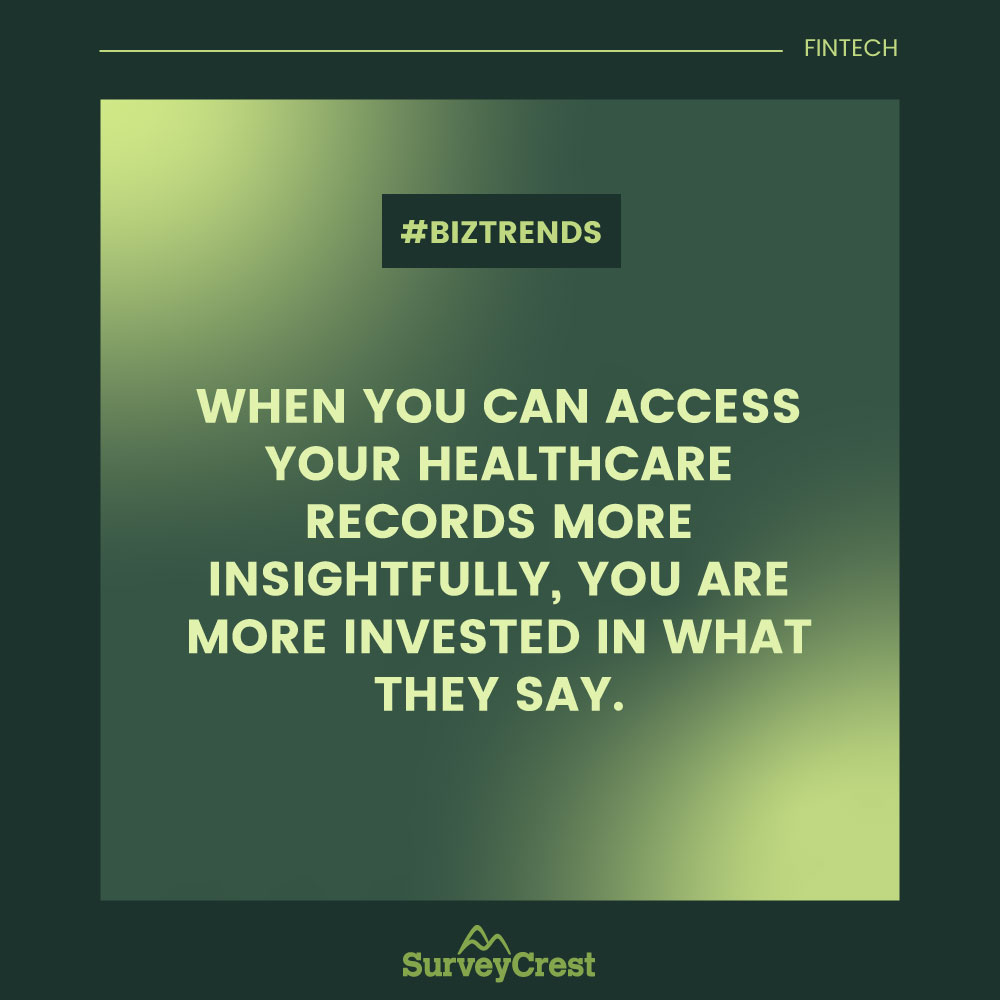
The early days of the pandemic acted as a stark light under which our entire healthcare forecasting system was thrown. Nobody predicted this pandemic or how it will spread. The haphazard way in which entire countries were thrown into rushed lockdowns was another jolt that enabled the experts to see that the U.S. healthcare forecasting system needed immediate attention.
The last two years have seen encouraging progress in this matter. In 2022, we expect to see the trend continue. Advanced analytics, predictive modeling, and interoperable data will help healthcare forecasting become more accurate and time-sensitive, resulting in earlier interventions, stronger future contingencies, and more personalized patient care.
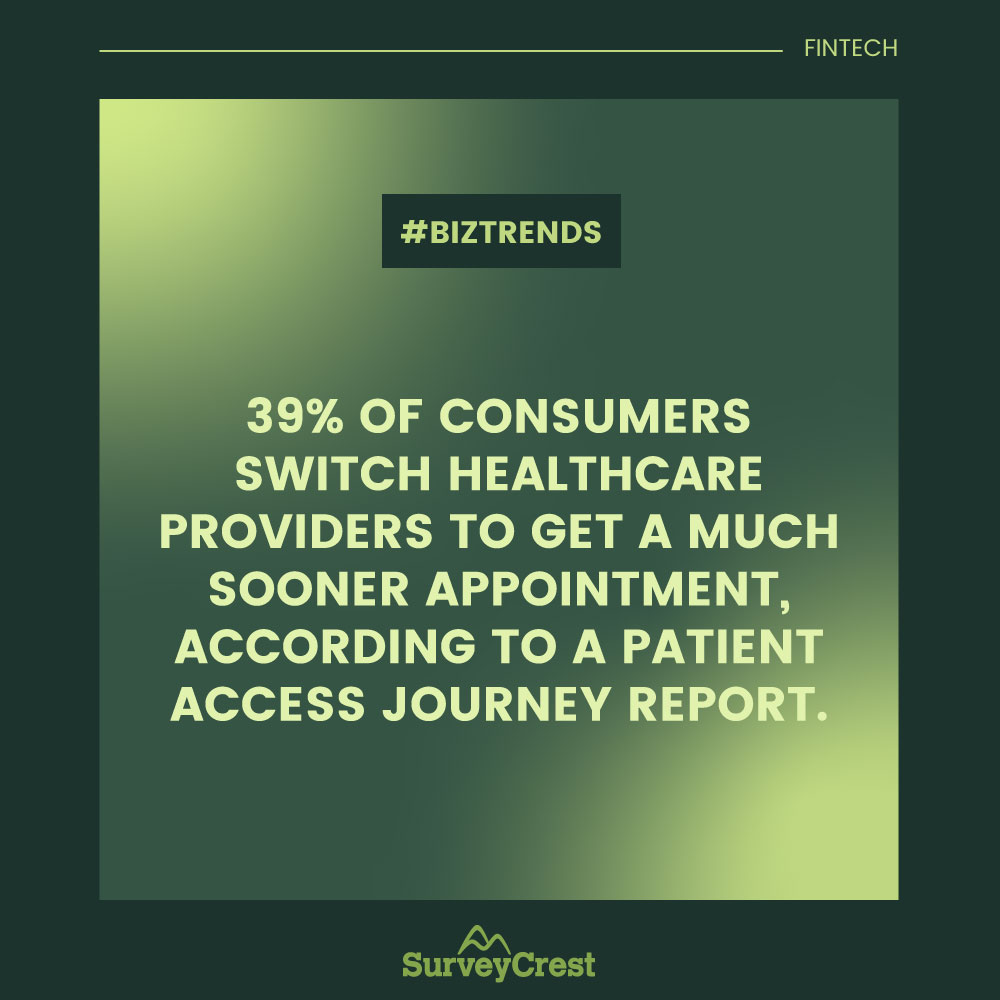
More open sharing of patient data, normalization of virtual care, and doctors adopting digital technologies to better run their offices all resulted in one major change: patient care became more personalized.
More and more individuals – especially Millennials – are looking for healthcare providers who respond quickly, are available online, can see them during off-hours, are digital savvy, and are more empathetic to their patients’ concerns. According to a Patient Access Journey Report, 39% of consumers switch healthcare providers to get a much sooner appointment.
If you are a doctor or work with one, creating a personalized healthcare practice should be on top of your agenda to thrive in this rapidly changing ecosystem.
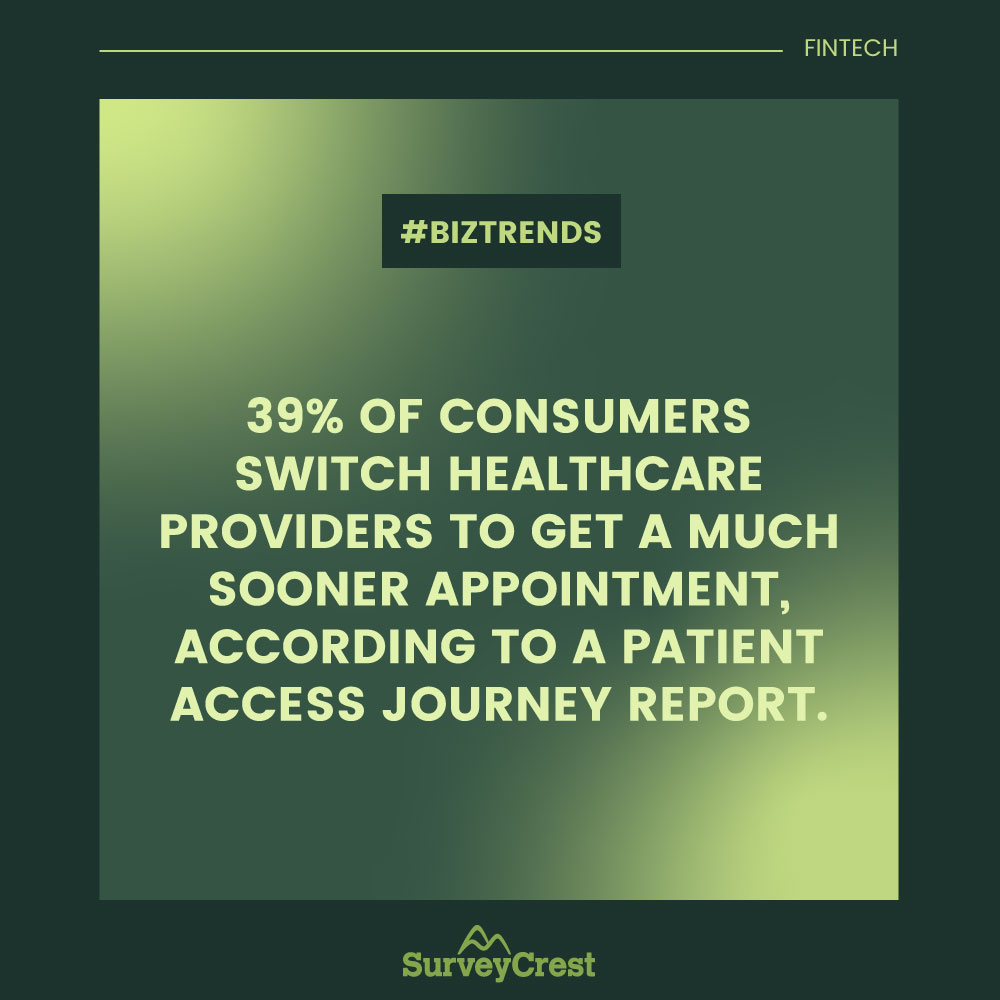
This trend of seeing patients more as consumers is a kind of an explainer behind the personalized patient care drive.
Thanks to the control and convenience provided by digital technology in the last two decades, individuals have come to expect a higher level of service – whether it’s from a designer boutique or a doctor’s office. Convenience, inclusion in the decision-making process, and self-service applications are a few of the demands a modern patient has from its doctor’s office.
To be able to provide such a high level of services, healthcare providers need to look at patients more as consumers. You are providing them a service, and they require a certain standard of it. If you are unable to provide it, the consumer can always go to another provider and get what they are looking for – perhaps at a much lower price.
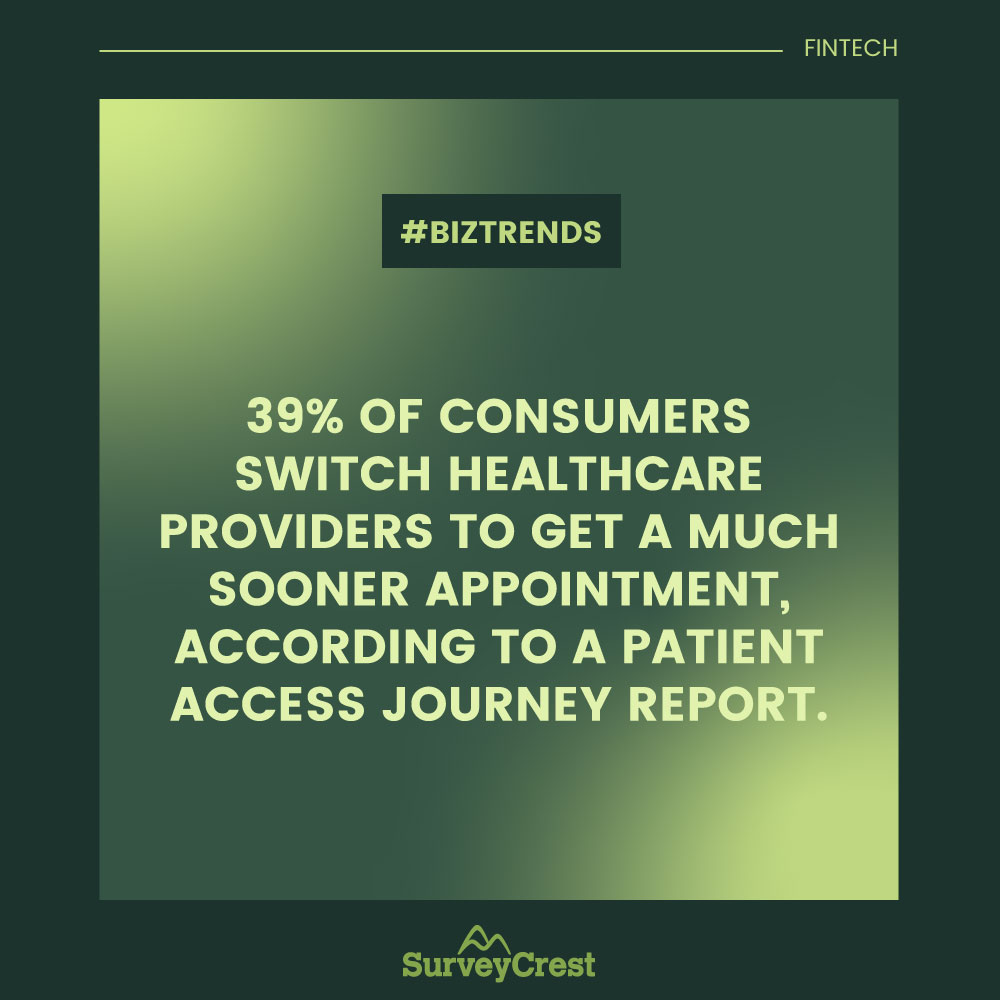
Supply chains need to become more responsive and agile if virtual and personalized care has to continue, and Covid-19 vaccination more global.
As the pandemic demonstrated, overreliance on a single or couple of vendors to provide you with your entire inventory and delivery methods is just not viable. Payers and providers need to create strategic relationships with supply chain vendors to ensure consistent and unhindered delivery of patient care items, no matter the care needed is at the hospital or home.
A responsive supply chain and logistics system will make it possible to deliver on-time and in-time healthcare when and where it is required.
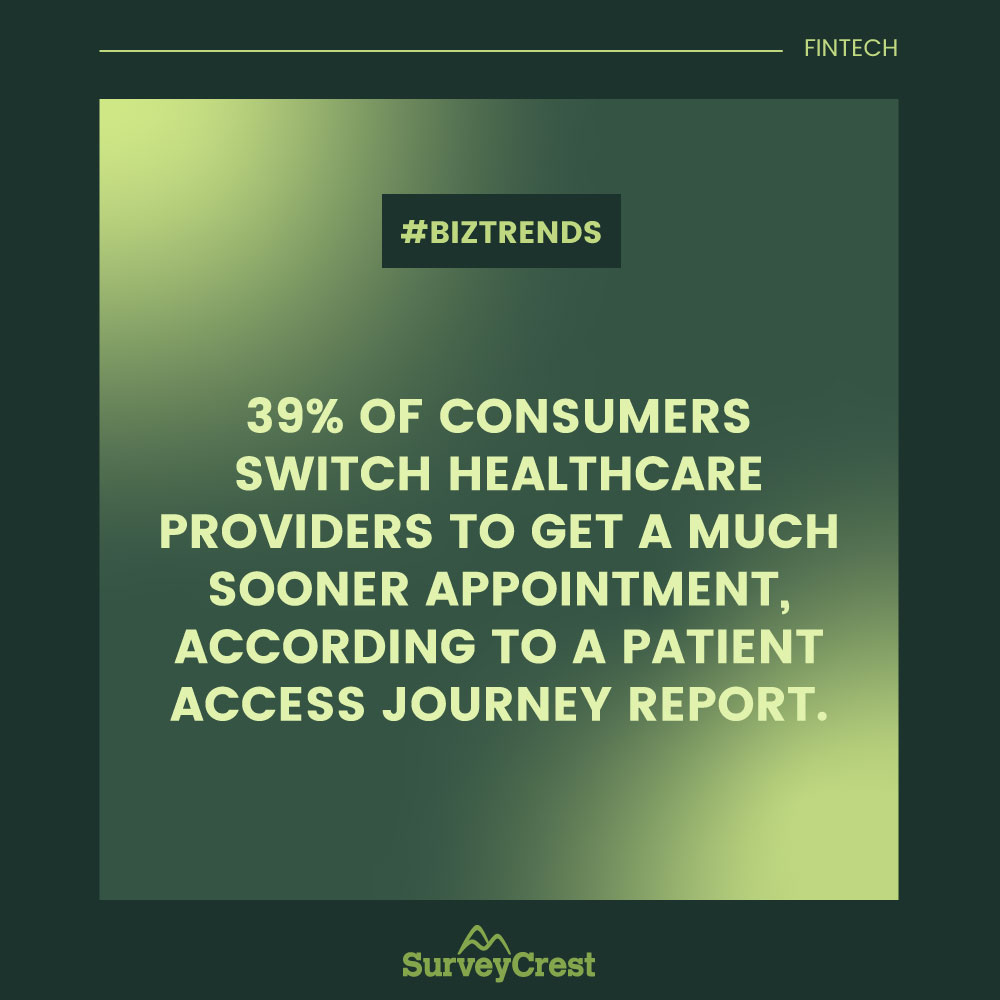
The digital divide is a real thing and it became even more pronounced and visible during the pandemic. At the peak of it, African-Americans died from Covid-19-related complications at a much higher rate than white patients. Even though the former made up a smaller percentage of the infected population.
Patients and individuals who had access to the latest and stable digital technologies were able to get in touch with their healthcare providers and payers in time of need. Demographics and populations that did not have this ready access struggled to get the medical care they needed when in-person visits were not available.
For governments, community leaders, and technology companies, and healthcare experts, this is a challenge as well as an opportunity. Taking full advantage of disruptive technologies and the favorable social climate, leaders, and experts can create more equitable healthcare ecosystems.
The digital transformation of the healthcare industry has given birth to trends that will soon become the standard for the market. To augment these changes and ensure all sectors of the social fabric are getting the benefits of this progress, more equitable healthcare models need to be developed. Technology disruptions, patient consumerism, and agile supply chains will continue to solidify these shifts.
Kelvin Stiles is a tech enthusiast and works as a marketing consultant at SurveyCrest – FREE online survey software and publishing tools for academic and business use. He is also an avid blogger and a comic book fanatic.